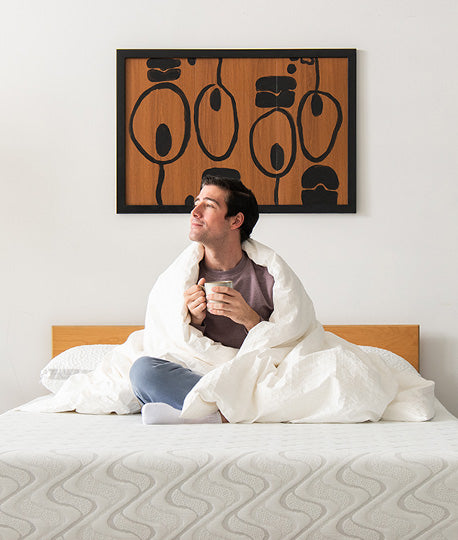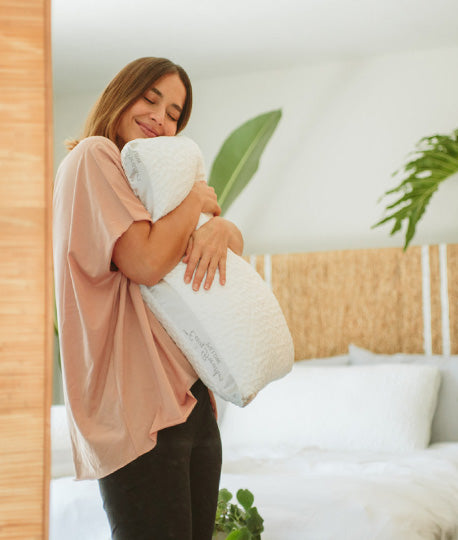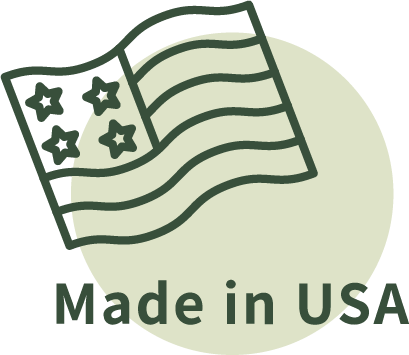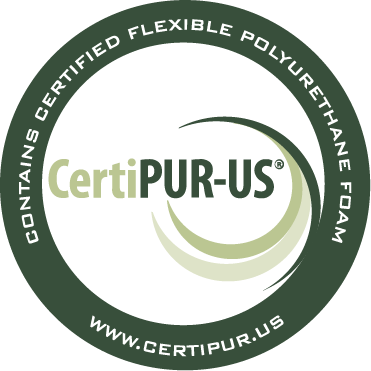We often get asked, what is the best kind of bedding available? And while the "best" can be a very subjective thing, here are some facts about the different materials available.
From the photo above, you can see our popular Silk Cloud Comforter. The breathable cotton weave cover encapsulates tufts of lofty silk working together to provide a better night's sleep. Wool, Silk, and Cotton are three of the most widely used materials, due to their effectiveness, performance, and availability. The most commonly used material, however, is polyester, or plastic. Let's talk a little about the different materials.
Wool
A note about allergies to wool: a quick read around the internet and you will see that it's quite rare to have a true wool allergy. Most people have just been exposed to chemically treated wools, and their reaction has been to the materials used to process wool, such as lye.
Cotton
Polyester
Silk
Silk is derived from cocoons. Like nearly anything in nature, there are naturally occurring substances in the cocoon of the silkworm that protects from various threats. Because the process of turning those cocoons into silk is a gentle one that does not strip away those natural substances, the benefits of them are still in the silk when you purchase silk products. Silk is fine, durable, and light. The individual fibers are approximately half a mile long, which is what gives the fabric its luster and ultra-smooth surface so beneficial to sensitive skin. It has been said on more than one occasion that the amino acids in silk are good for a person's skin and help delay wrinkling in the skin as well as being good for a person's hair. They are also said to be helpful to the central nervous system helping to calm a person. Silk can also benefit people dealing with:
- sensitive Skin
- allergic rash
- skin inflammations (psoriasis)
- shingles
- post-chemotherapy sensitive skin
- post surgery sutures
- eczema
Silk is also a very durable material. A fiber of silk which is of the same diameter as a fiber of steel is said to be stronger than the steel. One silk thread is typically four to eight silk thread filaments twisted together. And because silk naturally tends to adhere to itself, the silk filaments bond themselves making them less likely to pull apart even after years of use. Silk will not deteriorate over time because of its natural fungal repellent nature and because chemicals are not used in processing. In spite of its delicate appearance, silk is relatively robust. Its smooth surface resists soil and odors well. Silk is wrinkle and tear-resistant, and dries quickly, while silk abrasion resistance is moderate, it is the strongest natural fiber and, surprisingly, it easily competes with steel yarn in tensile strength. Silk takes color well; washes easily; and is easy to work with in spinning, weaving, knitting, and sewing. We have multiple products in our lineup which utilize silk, the Silk Cloud Comforter, Silk Luxury Pillowcase, and Silk Luxury Sleep Masks available at Nest Bedding showrooms and online.
So, in our opinion? Avoid down and feathers, look for organic US grown cotton, wool, and silk. These are some of the most durable and natural materials you can buy in a mattress, blanket, bedding, comforters and more.





